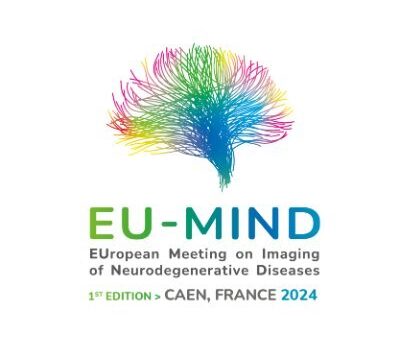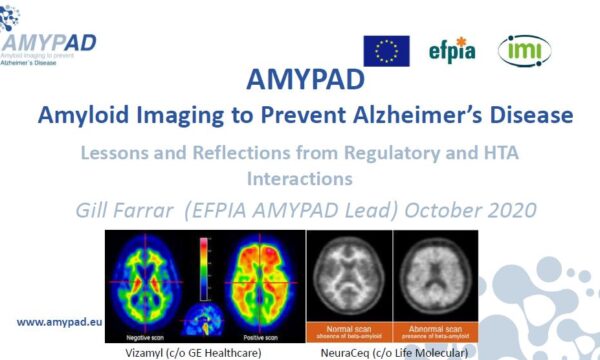What is your current role on AMYPAD?
I work as a positron emission tomography (PET) and magnetic resonance (MR) Physicist at Edinburgh (UK), and have been here since October 2018. I have been involved in facilitating neuro PET-MR studies here. My role has been to set up the AMYPAD scanning protocol at Edinburgh and liaise with the recruitment team as well as the data management and upload. I also was involved with changing the PET-MR protocol to include interesting MR scans acquired simultaneously with the PET, such as perfusion weighted images to look at relationships between the estimated perfusion parameters that come from PET and MRI. Finally, I have been working on projects with students for the simulation of amyloid-PET data which has fed into the validation of the NiftyPAD software. The idea behind the simulations is to find the limits of detectability of PET imaging for amyloid build up in the brain.
What is your overall vision?
It is essential that biomarkers of early dementia are found. The incredible richness of the AMYPAD project and the connected EPAD studies which look at older participants who are cognitively healthy is going to be invaluable, especially to look at longitudinal changes in amyloid and how that interacts with the development of dementia. I am also very interested in how changes in perfusion appear over time and how these two modalities pick these up.
What do you find most challenging about the project?
At our site, we have been one of two original sites to include PET-MR scanning of AMYPAD subjects, there are now further sites with PET-MR scanners, however the set up and initial quality control of these datasets was a challenge, to ensure that the MR based PET attenuation correction was appropriate and comparable with the PET-CT data sets. There is still ongoing phantom scanning work to be done to harmonise between the different scanners and the different modalities (PET-MR vs PET-CT).



